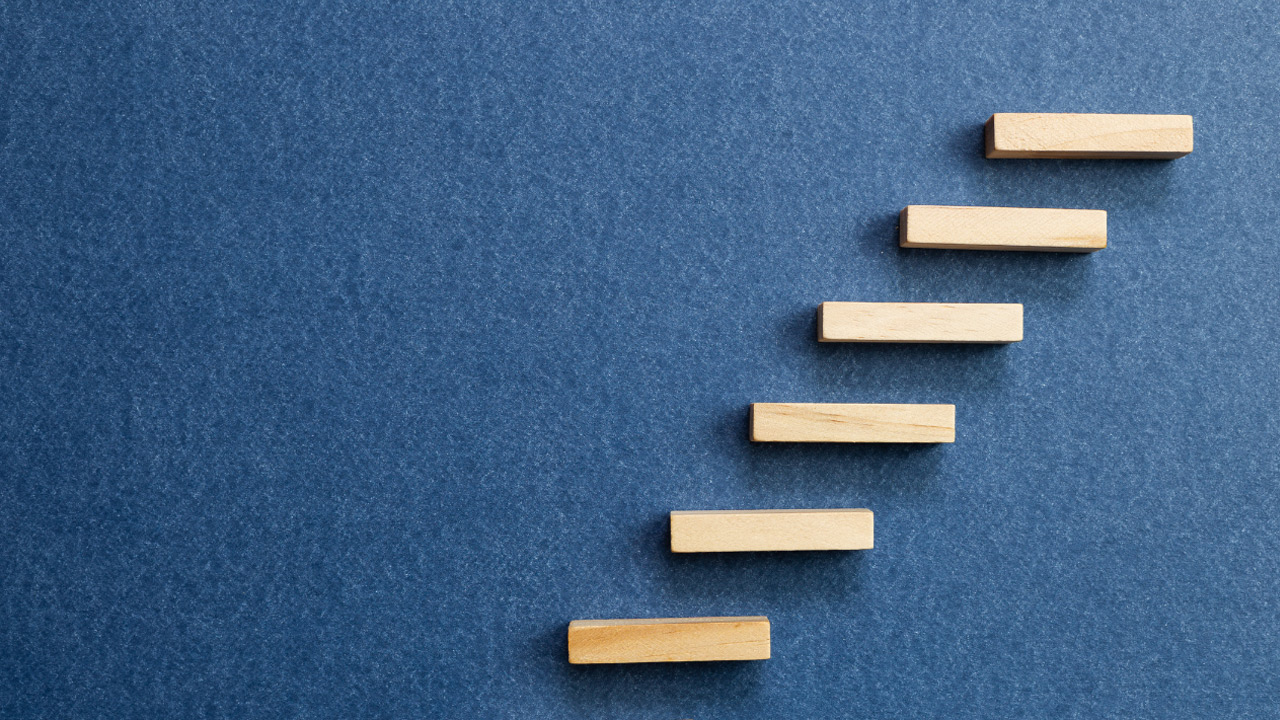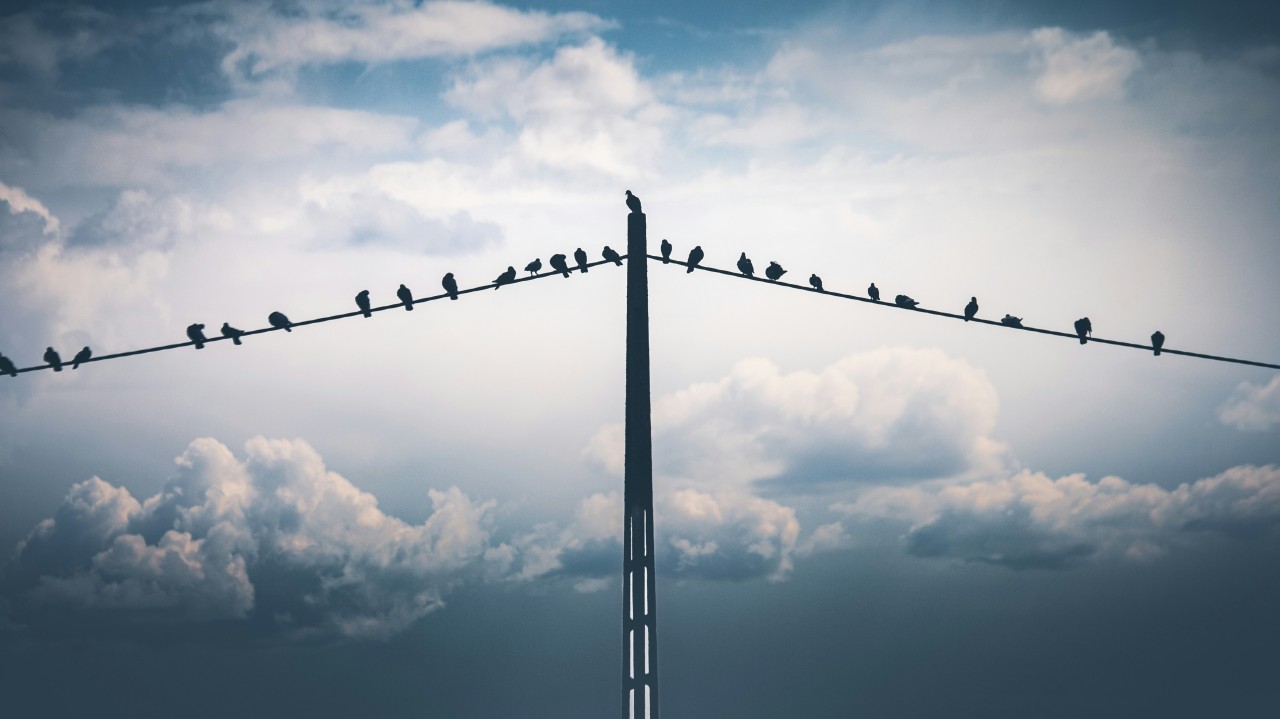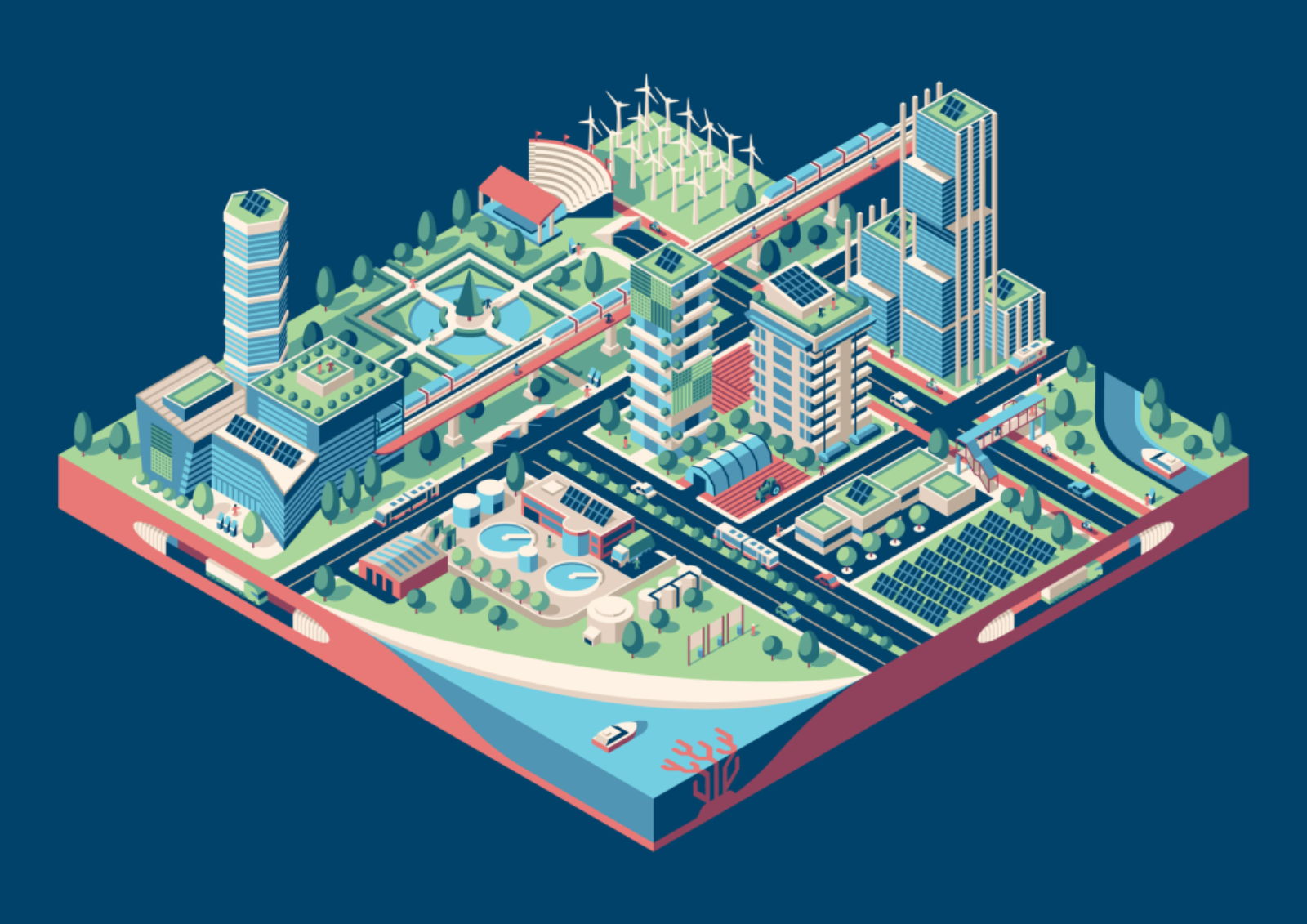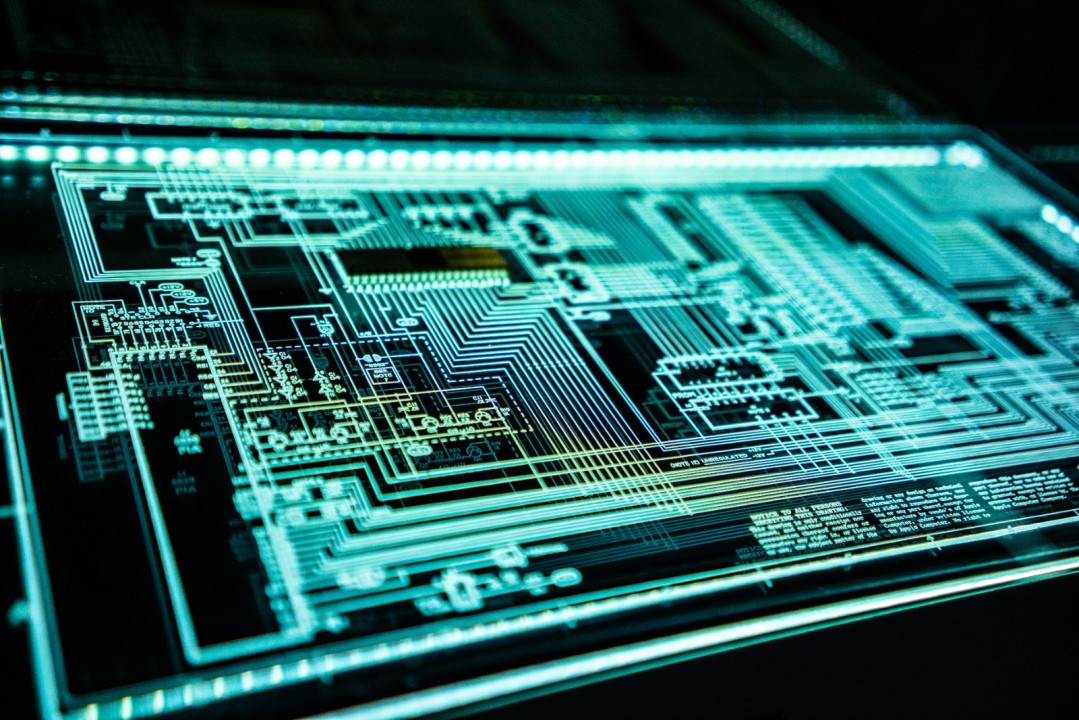The concept of leapfrogging has become inextricably linked to economic development in the context of emerging markets. Originally, it was conceived as a more realistic alternative to the linear path-to-prosperity blueprint, modeled on the historical tracks of developed nations. Leapfrogging became a rejection of that model and was based on the idea that the lack of infrastructure deemed necessary for economic development was actually an opportunity for emerging markets to transition more seamlessly to a knowledge-based economy built on digital services and value-add production – a transition that developed nations are now aspiring to make.
To leapfrog was, initially, about embracing technological advancements to bypass traditional stages of development and ‘catch up’ with developed nations, known as stage-skipping. Perhaps the most flagrant example of this is theopportunities created by the global mobile revolution, through which phones became ubiquitous and the need for landline infrastructure, obsolete. In countries like Kenya, this cascaded into an explosion of mobile-based services for payments, remittances, and banking, ultimately expanding financial inclusion and putting the country on an alternative path to the sticky legacy infrastructure that plagues the financial services industry in many developed nations.
While stage-skipping unlocked a host of economic gains for countries across emerging markets, it is still largely mirroring the economic design of more mature markets, failing to showcase and leverage the full potential of these countries to chart their own path – known as path-creating leapfrogging. Nations across the Middle East and Africa (MEA) hold unique competitive advantages that are being utilized to build an alternative pathway toward economic prosperity.We are already seeing this unfold across regional industries, including manufacturing, energy, and agriculture.
The United Arab Emirates (UAE) imports over 90% of its manufactured goods, making it part of a global supply network that, as the last 5 years have shown, is vulnerable to disruption and threatening to national security. Rather than investing solely on digital solutions that promote its adaptability, the UAE is embracing additive manufacturing (AM) and digital warehousing solutions to establish onshore manufacturing capabilities without the need for extensive factory networks. The country’s industrial strategy, Operation 300bn, aims to increase the contribution of the industrial sector to GDP from AED133 billion($36 billion) to AED300 billion ($82 billion) by 2031, through investments in Industry 4.0 technologies such as robotics, automation, 3D printing and nanoparticles. These technologies are enablers of efficiency, but also significantly reduce the environmental footprint of manufacturing. Immensa is a case in point in how the symbiosis of digital warehousing and AM reduces carbons emissions and minimizes waste. Studies find that even if a quarter of the current conventional manufacturing processes is replaced with AM, it could create energy and emission savings exceeding 12%. By combining these innovations with its strategic location and access to resources, the UAE is creating a unique economic model that doesn’t emulate development pathways in other countries but forges its own.
600 million people, or 43% of the total population, lack access to electricity in Africa, most of them in Sub-Saharan Africa (SSA). This is due to a combination of factors, including inefficient infrastructures and the grid’s inability to reach remote communities. In parallel, the continent is home to 60% of the best solar resources globally, as well as 10% of the world’s hydropower potential.Growing demand, the pursuit of universal access and the abundance of natural resources is creating a considerable market for alternative electrification solutions, most of which are projected to be supplied by renewable sources as their price reaches parity with fossil fuels. Instead of relying on centralized power plants and extensive grid infrastructure, the continent is turning to decentralized renewable energy systems, such as mini and off grid solar installations. This is creating a unique “double leapfrog” opportunity for the region to (1) achieve universal access to electricity, and (2) transition directly to clean and renewable sources.
The Middle East’s baseline topography is arid, warm and inconducive to agriculture – which has created a dependency on imports to satisfy domestic food demand as high as80% in nations like Saudi Arabia. This vulnerability brings food security to the top of national agendas. Similarly to the manufacturing sector, mitigating this risk is not a function of extending multilateral trade agreements, or investing in storage facilities and market linkages. In fact, food innovation has consistently focused on making do with existing resources, while leveraging unique regional advantages such as the abundance of saltwater, sunlight, and low costs of energy to enable local agriculture despite topographic limitations. Several companies are pioneering this trend, including RedSea that has introduced an indoor farming solution for the world’s hottest environments through salt-tolerant crops. With climate change making the planet warmer, lands dryer and water scarcer – essentially, complicating food production – the solutions that are being built regionally will have global relevance, charting a new path for the region and the world.
Against the backdrop of COP28 in the UAE, the conversation on sustainable development in markets worldwide takes center stage. Whether it is using innovative models for onshore manufacturing, embracing renewables as the solution to universal access to electricity or harnessing regional topographic advantages to build global agriculture solutions, innovators across MEA are charting their own path to sustainable economic growth, offering the world alternative models that ensure a resilient and environmentally conscious global economy.






